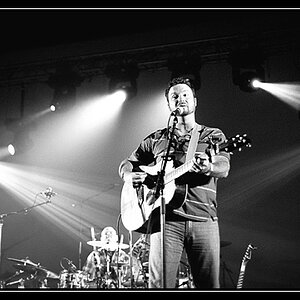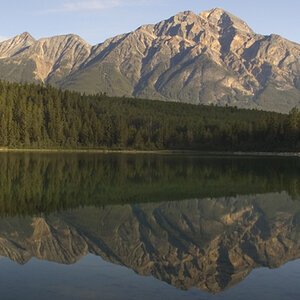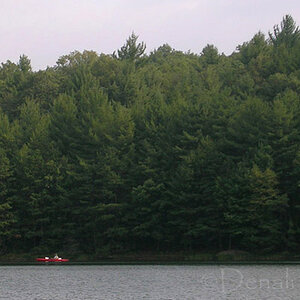Garbz
No longer a newbie, moving up!
- Joined
- Oct 26, 2003
- Messages
- 9,713
- Reaction score
- 203
- Location
- Brisbane, Australia
- Website
- www.auer.garbz.com
- Can others edit my Photos
- Photos NOT OK to edit
I have seen some. The basic idea was that certain compositional elements can be completely ignored if others are very forward. Even some very basic examples can be seen here on the forum.
Such examples like the rules of thirds can be completely ignored if an image exists with perfect symmetry, or if the subject entirely fills the frame, or if there are sufficient lines in the image to direct your attention around the frame.
I took an image myself once which was compositionally "right" but drew the viewer to a large tower right on the right hand 1/3rd line. I recomposed to add a very distracting and slightly out of focus railing in the foreground, and suddenly when you look up and down the tower you see the distracting railing, which leads the eye back to the left middle of the frame, and across the bridge back to the tower.
The rules of composition govern how the eye works and what people find pleasing, but they can be broken if there are other ways to direct attention IMO.
Such examples like the rules of thirds can be completely ignored if an image exists with perfect symmetry, or if the subject entirely fills the frame, or if there are sufficient lines in the image to direct your attention around the frame.
I took an image myself once which was compositionally "right" but drew the viewer to a large tower right on the right hand 1/3rd line. I recomposed to add a very distracting and slightly out of focus railing in the foreground, and suddenly when you look up and down the tower you see the distracting railing, which leads the eye back to the left middle of the frame, and across the bridge back to the tower.
The rules of composition govern how the eye works and what people find pleasing, but they can be broken if there are other ways to direct attention IMO.














